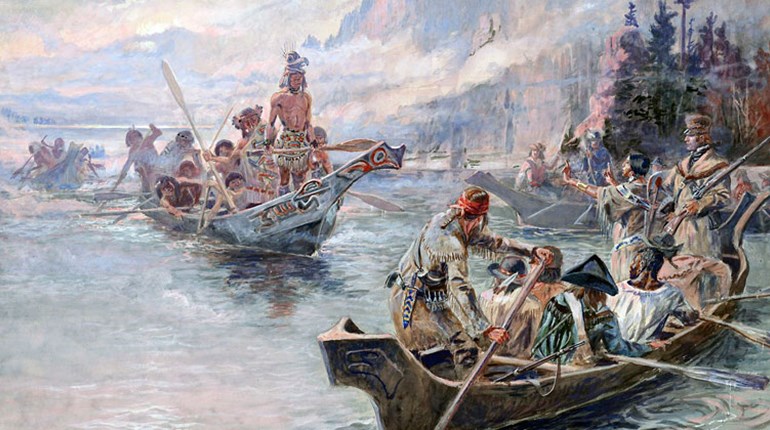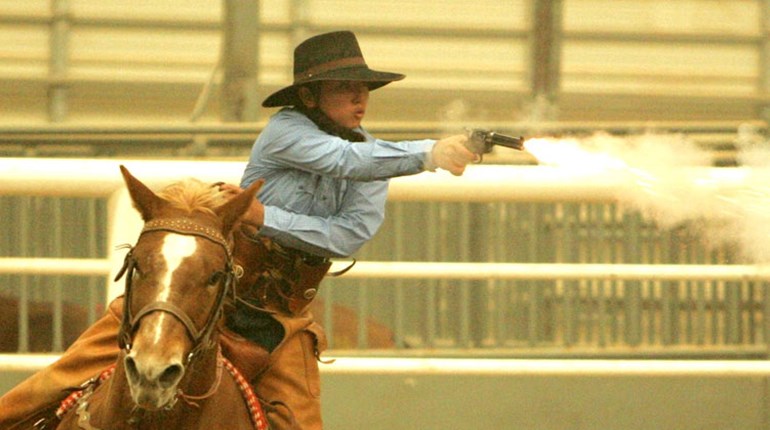
Editor's Note: For this #ThrowbackThursday, we head all the way back to August 2010...and all the way to the Southern Hemisphere. It's an experience you just can't get in the States!
The sun was barely peeking over the hills near the town of Burra in South Australia when I set off on my first real hunting trip. I had been looking forward to going hunting with my father and my uncle for years before I had the chance to go, and I could barely contain my excitement at this chance to accompany them on this kangaroo culling trip.
In some areas of Australia, kangaroo populations have become out of control and do serious damage to farms and crops. In most states, a permit system is required before culls can be carried out.
There had been light dew overnight and in the distance, I could see a group of kangaroos feasting on the newly sprouted crop. My father had told me the hours just as the sun was coming up and just before it set was the best times to go kangaroo hunting. Now I could see why—they were out eating.
The property we were on belongs to a brother-in-law. With the appropriate culling permits in hand, my father and his brothers had been hunting there for years and they knew the places to go.
As we crested our first rise, our small group spilt. I was given a pair of earmuffs and my father laid down the ground rules. The things he told me are still with me to this day. We were walking along the creek bed with near-vertical hills on each side.
“If you ever get lost, you can follow the creek bed home,” my father said.
“Never fire at an animal close to the crest of a hill; you can’t see where the bullet will go.”
“When I take a shot, keep an eye out for movement on the other hills.”
We had only walked a few hundred meters along the creek bed before I heard some noises echo through the hills. My father pointed towards a group of about five kangaroos cresting the rise, running straight towards us. I remember being fascinated at how my father managed to aim and hit a moving target that was bouncing up and down.
After several hours in the hills, we headed back to the farmhouse, via the creek bed. After swapping stories, we set off through the hills again that afternoon. It was June and the kangaroos were tempted to come to the flat ground to eat the sprouting crops. For many property owners, the kangaroo is a constant pest and there always seems to be a pack of animals out in the paddocks.
On this trip in the hills, we went to an area nicknamed “Pothole Valley,” and we hid ourselves in the trees.
“It’s all about strategy,” my father said. “Your uncle will scare the animals towards us.”
The lay of the land was as important as the time we were hunting. In our new hiding spot we could see kangaroos had been in the area. There were tracks and scat in this sheltered area.
Not long after settling in, gunshots echoed in the distance and my father and I were on the lookout. Without fail, a group of kangaroos were moving straight towards us.
For years after my first hunting trip, I have spent many weekends spotting kangaroos, scaling near-vertical hills to find the perfect hiding spot and learning how it is possible to hit a moving target that is some distance away.






































